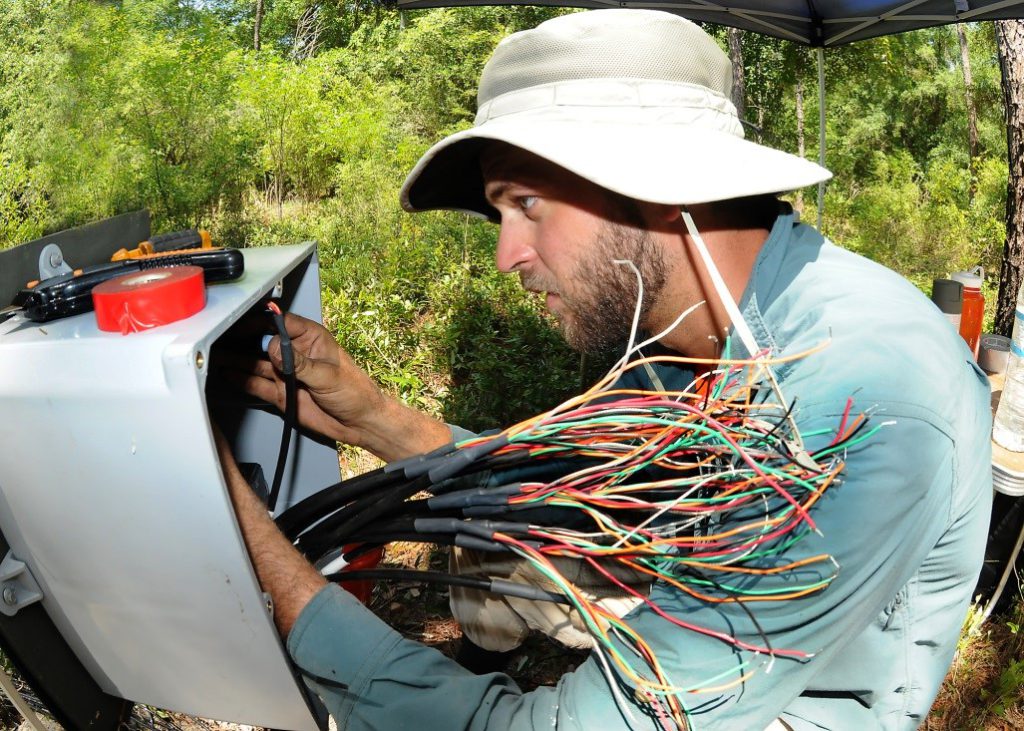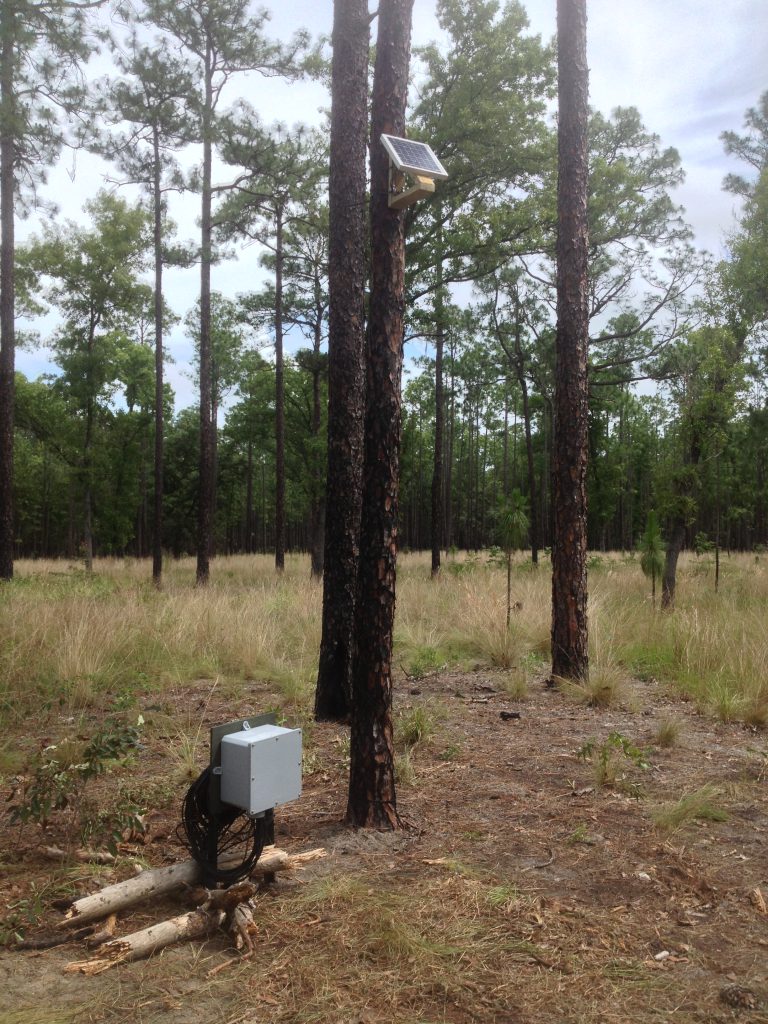- When rain falls on a forest, some of that water eventually flows into water bodies like rivers, wetlands, and aquifers. Scientists call this flow of water forest water yield, and how much water yield is produced depends on several factors.
- University of Florida scientists wanted to know how different features of Florida’s forests influence water yield.
- The researchers found three main factors influence water yield, allowing them to predict how forests could be managed to optimize water yield among the many other ecosystem services that forests provide.
Forests cover nearly half of Florida’s land area and provide a wide array of important services to the state such as timber production and wildlife habitat. Researchers at the University of Florida are working to understand how managing this important natural resource can also influence how much rainwater flows into rivers, wetlands, and aquifers, supporting both natural ecosystems and human water uses.
When rain falls on a forest, some of that water is taken up by trees and other plants and released back into the atmosphere as evapotranspiration. Rainwater left over after evapotranspiration is what hydrologists call water yield. Water yield represents the amount of water potentially available to support aquatic ecosystems and human uses like drinking water supplies and agricultural irrigation.
In a new study, the UF researchers show that three factors can accurately predict water yield in forests: climate aridity, a combination of annual rainfall and dryness; hydrogeology, or how deep the water table is underground; and leaf area index, a measure of forest density. Of the three factors, leaf area index was the strongest predictor of water yield, and the only thing that people can manage.
“Our study shows that as we lower forest density, we increase water yield and vice versa. That insight may be useful to inform how our forests are managed to optimize the many ecosystem services they provide,” said Matt Cohen, senior author of the study and a professor in the UF/IFAS School of Forest, Fisheries and Geomatics Sciences.

The researchers arrived at these findings by analyzing detailed soil moisture data collected over four years at thirty sites spread across forested areas in North and Central Florida. At each site, the team installed multiple arrays of soil moisture sensors at six depths, making it possible to monitor evapotranspiration, and thus forest water yield, over time. The researchers then compared forest water yield with data describing each location’s climate, hydrogeology, and forest composition and density.

“The soil moisture sensors we used are essentially the same tool you can use in your home landscape to monitor how much water is in the soil. Our sensors took readings every fifteen minutes—after four years, we had more than 60 million data points. Analyzing all that data was an enormous enterprise,” Cohen said.
While analyzing all that data, a surprisingly simple overall pattern emerged: patterns of aridity, hydrogeology, and forest leaf area together accounted for most of the variation in water yield over time and space. “This simple model allows us to predict water yield in pine forests across the southeastern US under different forest management and climate change scenarios, which can help guide water resources planning in the region,” said study co-author David Kaplan, associate professor in the UF Herbert Wertheim College of Engineering’s Engineering School of Sustainable Infrastructure and Environment.
Cohen emphasized that forests are managed for a variety of ecosystem services, such producing timber and wood products, providing wildlife and plant habitat, sequestering carbon and improving water quality. The growing discussion about compensating those who own and manage forests for these ecosystem services highlight why it’s so important to reliably predict services like water yield. Every management decision on private or public lands comes with trade-offs among the various services. Understanding how forest management affects water yield provides a key aspect to consider when weighing management options.
The study, published in the journal “Water Resources Research,” was funded by all five of Florida’s water management districts and the Florida Department of Agriculture and Consumer Services.
Posted: May 23, 2022
Source: UF/IFAS Pest Alert



